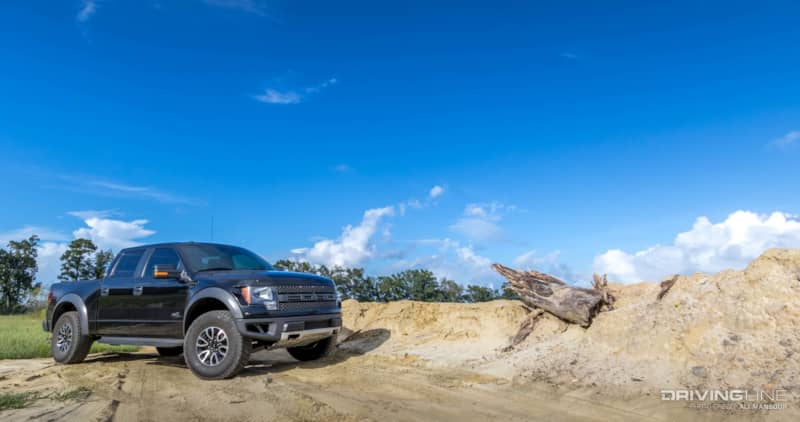How to Level Your Ford Raptor Without Raising the Front Suspension
There are few trucks that get us more excited than the Ford F-150 SVT Raptor. While the original SuperCab version of the Raptor captivated us with its out-of-the-box off-road performance, the SuperCrew version checked all of the boxes from a practical and performance standpoint. As is the case with most things 4x4, we have a hard time leaving anything unmodified. We recently found ourselves looking to adjust the suspension on our 2012 Raptor SuperCrew.
For many of us truck owners, we like our trucks sitting level. Our Raptor’s previous owner also didn’t like the nose-down appearance the truck sported rolling off the lot, so he did what many Raptor owners do and raised the front suspension to the middle perch. Since the Raptor’s front internal-bypass Fox struts come fit with three separate positioning notches from the factory, many choose to raise the front coil seat from the bottom (stock) to the middle notch. This helps to provide a level look that many truck owners aim for.
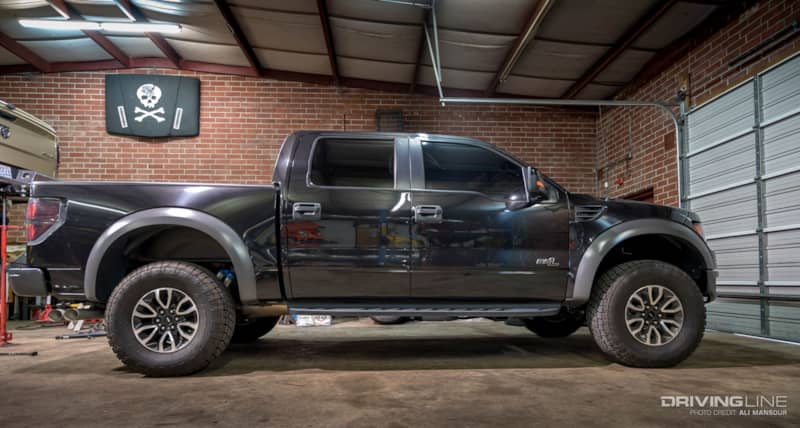
The issue with placing the perch at the middle setting is that it increases the pre-load on the coil. Doing so stiffens the front suspension, often resulting in a harsher ride. Given that we use our Raptor as a daily driver, we wanted to move the front shocks back to the more plush-riding stock lower setting. While this is easily accomplished, there’s still the issue of the truck sitting level. Thankfully, there’s an extremely easy and inexpensive way to level your truck, without raising the front.
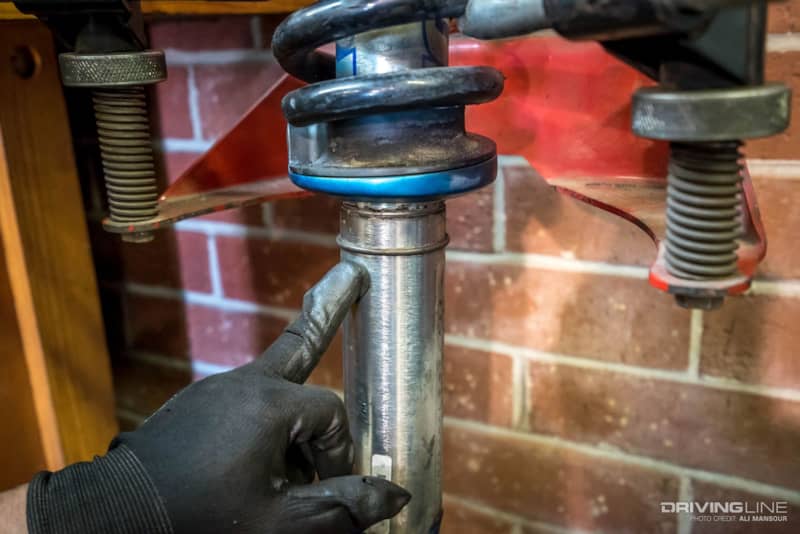
Lowering the Rear With ReadyLift
Instead of raising the front suspension, your other option is to lower the rear. Our lowering solution came to us via ReadyLift, part number 66-2051, to be exact. The 1.5-inch block kit is actually intended for a 2WD Ford F-150, but works perfectly on the Raptor. Since the kit includes blocks, U-bolts and hardware, we didn’t need to source any additional components. By replacing the stock lift block with a shorter one, we effectively level the truck without harming the ride or reducing the truck's towing capacity.
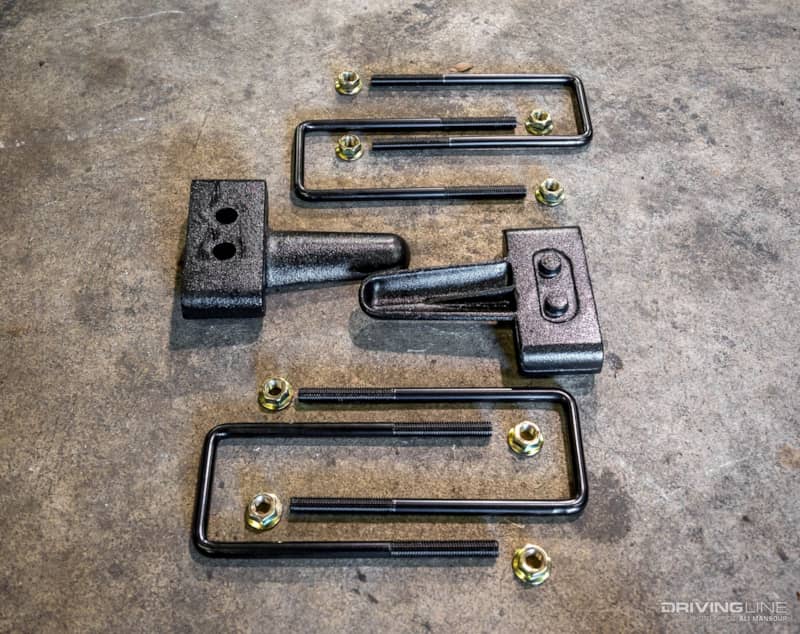
The stock block is approximately 2.75 inches tall, with very little degree tapper. By replacing the stock block with the ReadyLift one, we lowered the truck by 1.25 inches. This keeps a slight amount of rear rake, but puts the truck very closely to level.
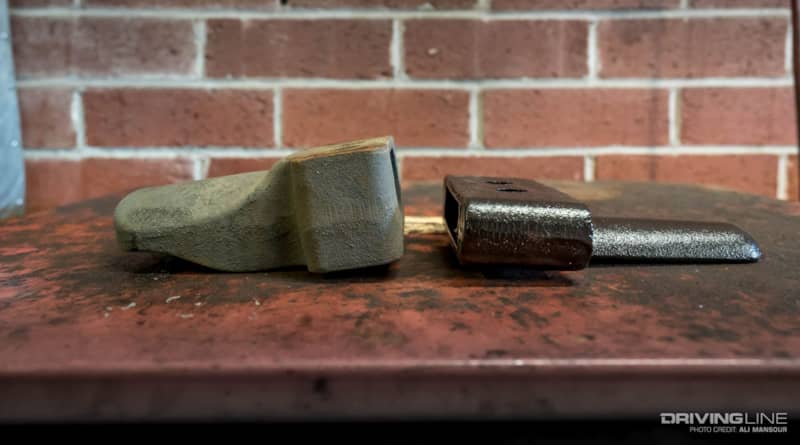
The biggest drawback we found with this route was that the landing pad for the bumpstop was significantly smaller on the ReadyLift block. While we don’t have any Baja trips planned in the near future, we’ll likely need to figure out a better bumpstop landing pad before we push the truck extremely hard off-road.
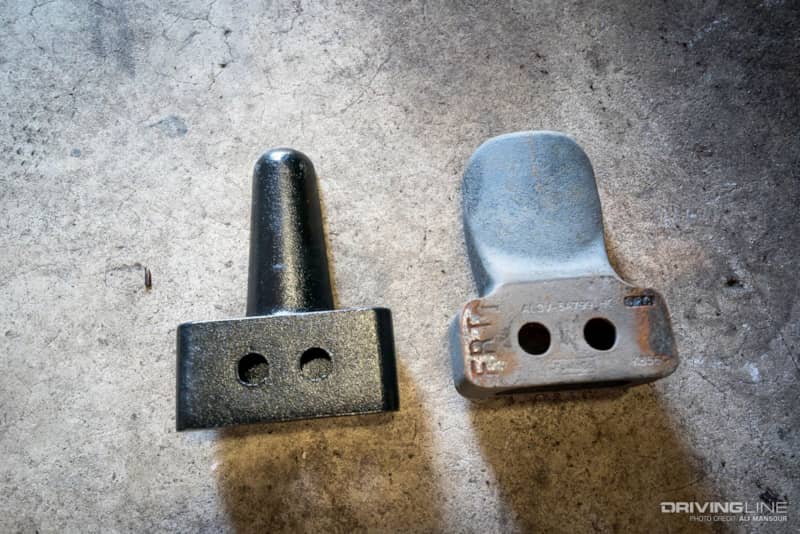
To install the blocks, you’ll just need a large set of jack stands to support the frame and a floor jack to control the axle. With the tires removed, you can swap out one block at a time. Since the 2WD blocks are a dual-pin design the same as the OE blocks, they bolted in without issue.
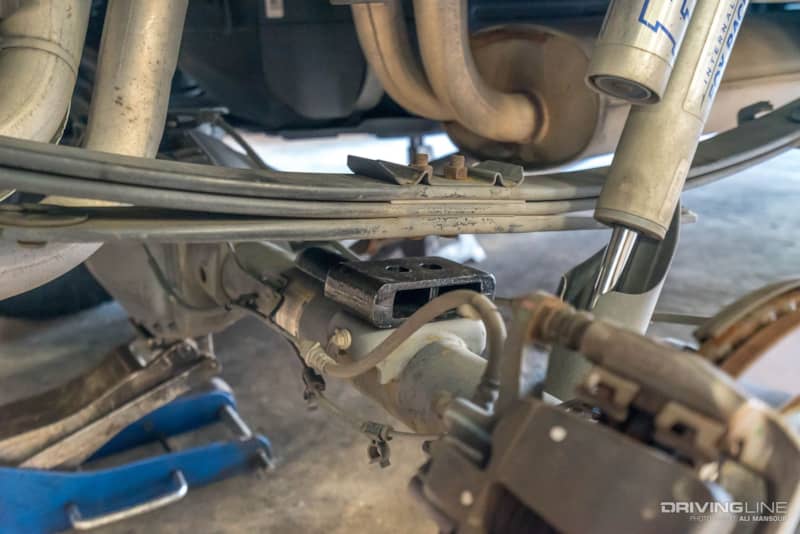
Removing the front shock assembly can easily be done with hand tools, but you’ll need access to a coil compressor to change the position of the perch. Also plan on taking your truck in for an alignment after the install is complete.
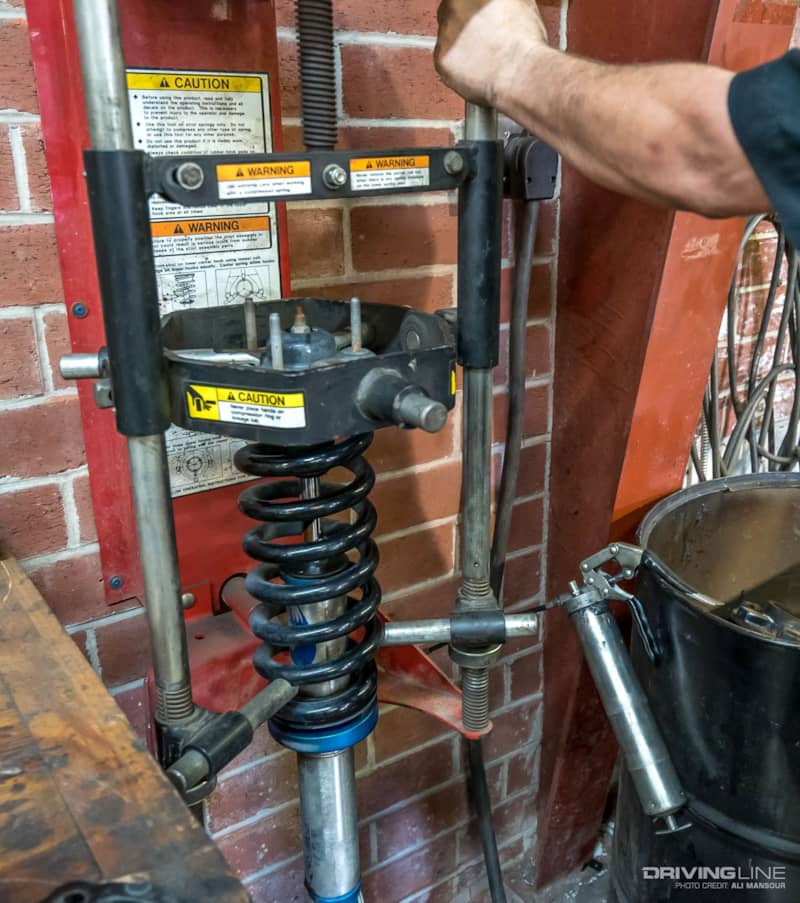
Visually, the difference might not seem night and day, but the truck is in fact lower. While some may argue that we lost suspension up travel out back, it’s not enough to make a tremendous difference on-road or off.
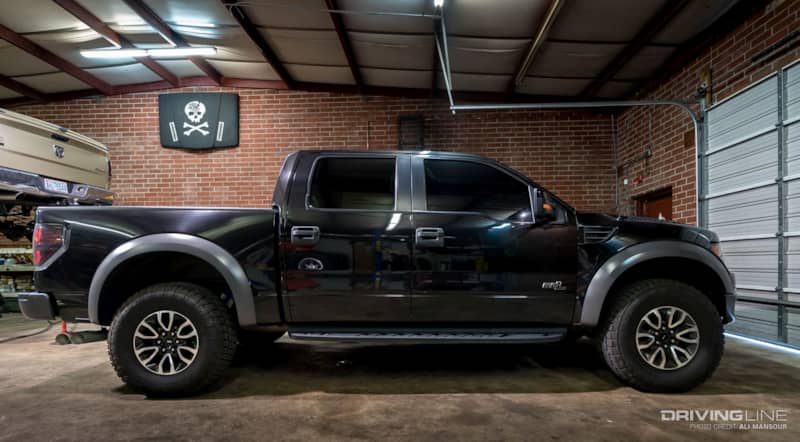
Is Lower Better?
Ride quality in a truck can often be subjective. We’re used to our ¾-ton Ram being a touch on the stiff side, but there’s no reason for a ½-ton truck with cutting edge internal-bypass shocks to ride rough. We absolutely love the plush ride of our new setup. It more easily absorbs chatter bumps now and has a very smooth ride on surface streets (although a touch floaty at times). It still clears our 315/70R17 Nitto Terra Grappler G2s without issue and handles better than before. We’re still working out some of the Raptor’s small issues (most notable the dreaded front suspension clunk), but we’re very happy with this truck overall. Be sure to check back for future updates as we continue to hone-in our Raptor.
